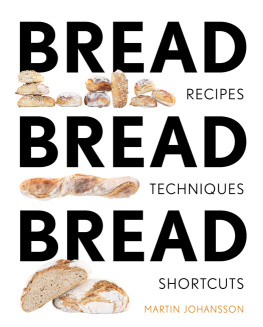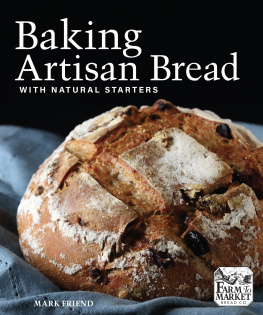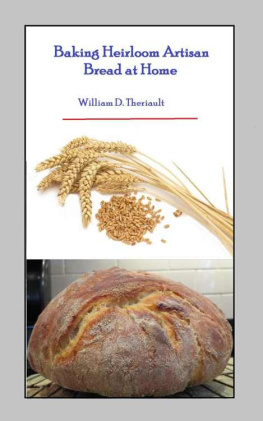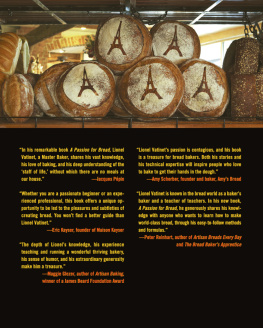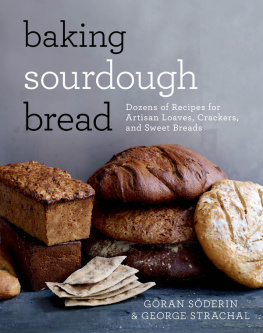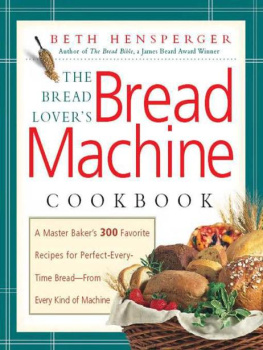
ARTISAN BREADS
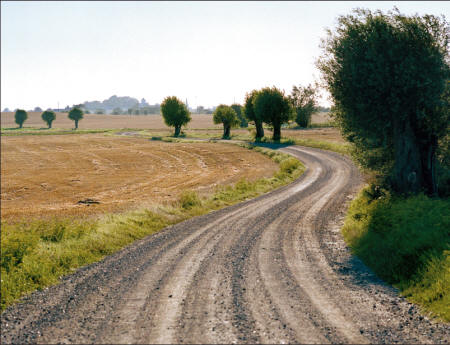


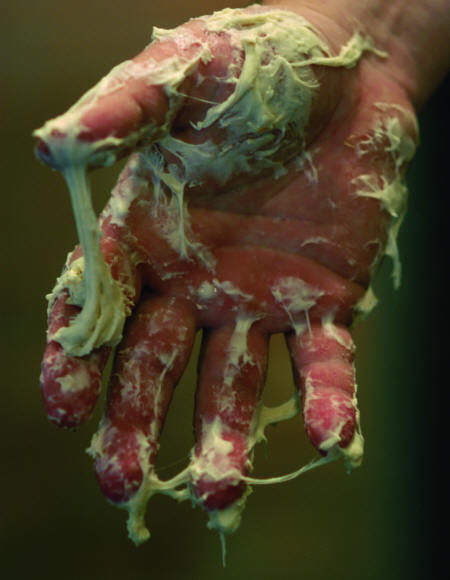
ARTISAN BREADS
PRACTICAL RECIPES AND DETAILED INSTRUCTIONS
FOR BAKING THE WORLD'S FINEST LOAVES
Jan Hedh
Klas Andersson
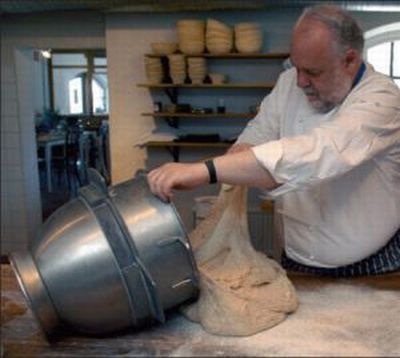

Skyhorse Publishing
Copyright 2011 by Jan Hedh and Bokfrlaget Prisma, Stockholm
Originally published in Swedish as Brd by Prisma, 2004
Author: Jan Hedh
Photographs: Klas Andersson
English language translation: Katarina Sjwall Trodden
All Rights Reserved. No part of this book may be reproduced in any manner without the express written consent of the publisher, except in the case of brief excerpts in critical reviews or articles. All inquiries should be addressed to Skyhorse Publishing, 307 West 36th Street, 11th Floor, New York, NY 10018.
Skyhorse Publishing books may be purchased in bulk at special discounts for sales promotion, corporate gifts, fund-raising, or educational purposes. Special editions can also be created to specifications. For details, contact the Special Sales Department, Skyhorse Publishing, 307 West 36th Street, 11th Floor, New York, NY 10018 or HYPERLINK .
Skyhorse and Skyhorse Publishing are registered trademarks of Skyhorse Publishing, Inc., a Delaware corporation. www.skyhorsepublishing.com
10 9 8 7 6 5 4 3 2 1
Library of Congress Cataloging-in-Publication Data is available on file.
ISBN: 978-1-61608-487-5
Printed in China
Contents
RECIPES
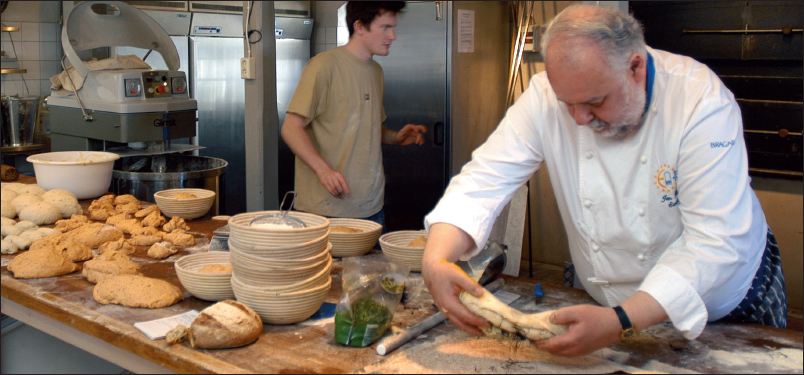
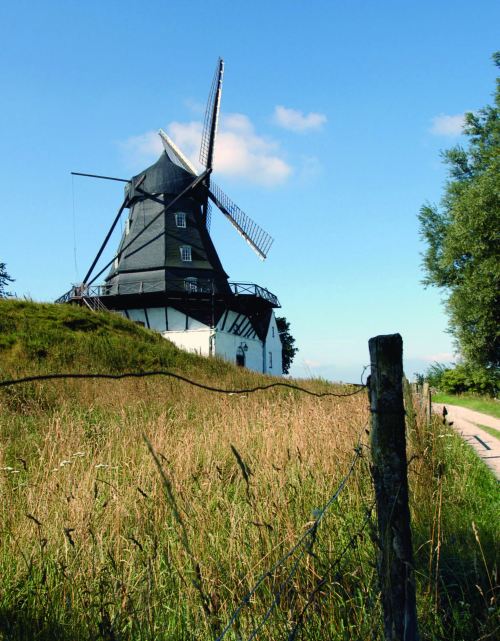
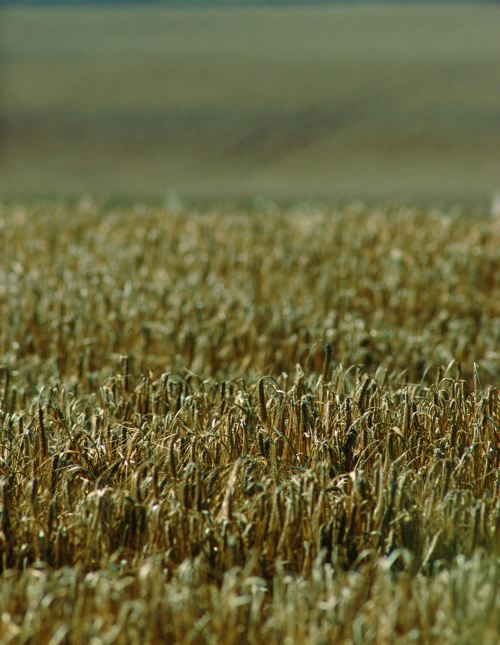
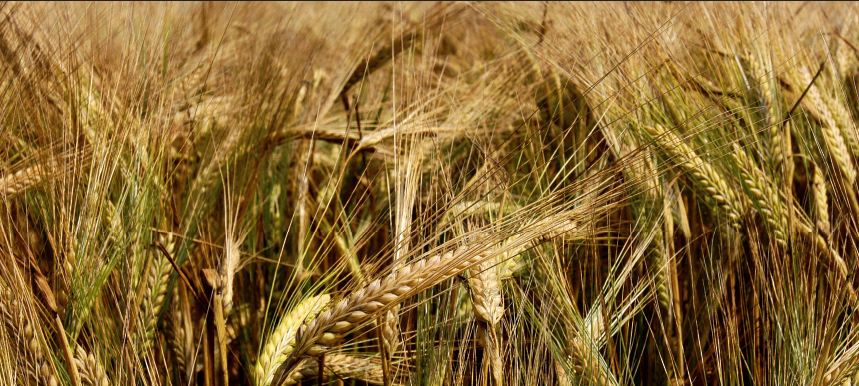
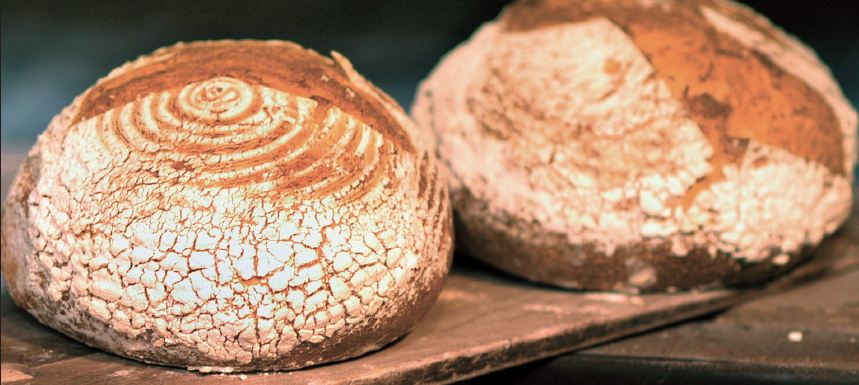
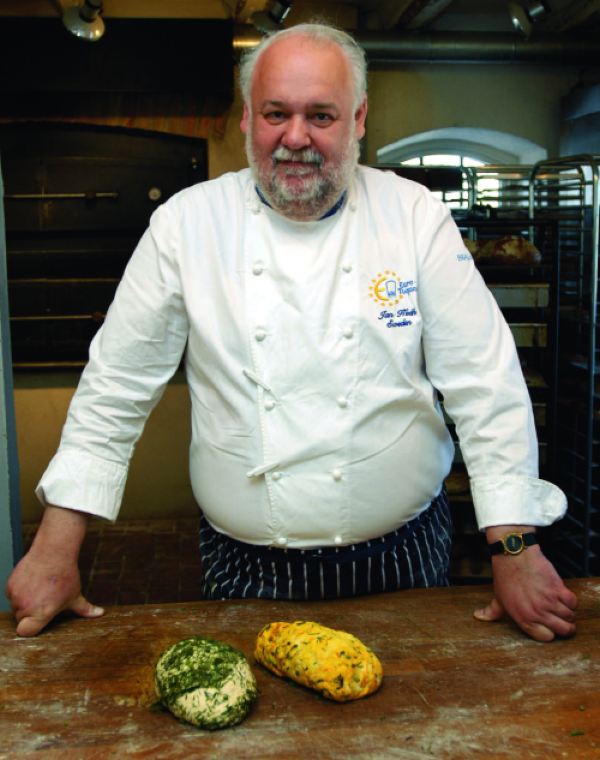
Preface
There were many bakeries in the area around Bellevue-vgen in Malm, southern Sweden, where I grew up. My mother made nearly all the bread, biscuits and cakes for the family, and I remember the lovely smell and the wonderful flavours that awaited me as I returned from school.
On special occasions we bought bread and cakes from one of the many bakeries, mainly white bread, dark rye bread and fine farmers loaves. we bought soft breakfast rolls with flaky crusts from the patisseries. Swedbergs bakery in Malm was famous for their plaited white bread. Sundets brd was another favourite. Back then, all bread was made in bakeries, not patisseries.
Forty years ago, at the age of fourteen, I started as a pastry-cook apprentice after completing an internship at the restaurant and patisserie Residens in Malm. I knew straight away that I wanted to be a chef or a pastry-cook. The head of the pastry department was curt Andersson, a master craftsman who had finished off his training in Switzerland and France. He ran the patisserie with a firm hand, making sure that each cake was made properly and that the icing sparkled in the window display.
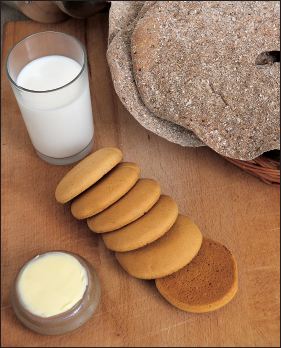
It was not until I travelled on the continent that I learned how tasty and beautiful bread could be. when I was working at the Honold Confiserie in Zurich, I often studied the breads at the Kleiner bakery.
During my training I took a course in how to make Swiss regional breads at the Richemont school at Luzern and in regional French baking at the Lentre school in Paris. But it was not until the mid-1980s, when I realized how bland the bread sold in Sweden was, that I began to take a serious interest in bread.
The industry was inundated with bread mixes, and it was the suppliers of semifinished products that steered the development of the patisserie and bakery trades. The formula was simple: just add water and yeast to the flour mix, leave the dough to prove for no more than fifteen minutes and voil, you have a decent bread and the bakers make money In Sweden, this development eventually meant that there are now very few bakeries and patisseries left. In France, where they cherish quality and tradition, there are bakeries and patisseries on every street corner.
Quality has always been important to me. If you decide to spend time doing something, it has got to be done well or you might as well not do it at all.
When I visited the united States in 2001, I noticed that many bakeries used natural sourdough and stone ovens, just like in France. This is why I got so excited when Christer Alfredsson took the initiative to open Olof Viktors at Glemminge in south-east Skne. Today, Christer is head of Olof Viktors to ensure the continued quality of the project. (The bakery and caf is named after Christers grandfathers grocery store, a really old-fashioned shop).
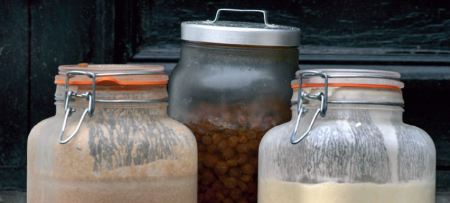
Robert and Linda Nilsson are part-owners. Linda has developed the sandwich concept, and together with Maria Olsson and Kajsa Nilsson I work with our breads and wide range of home-made ice creams, jams and marmalades.
At Olof Victors everything revolves around the wood-fired stone oven and the fresh, rustic breads, nearly all of them based on some form of sourdough. It is not that easy to learn to stoke and bake in a stone oven but the quality of the bread and the crust make up for it! No other oven comes even close. Erik Olofson, a baker at the Rosendal caf and shop on Djurgrden in Stockholm, pioneered the use of wood-fired ovens in Sweden, and he taught us how to prepare the fire at Olof Viktors.
Many of our customers confess to being com-ple-tely hooked on our bread. Apart from selling over the counter, we distribute bread to selected local shops in order to enable more people to enjoy it.
We usually begin by making a starter on day one. On day two we knead the dough and shape the breads that are then left to rise slowly in the refrigerator until the next day when we bake them straight on the stone hearth.
I have collected some of my favourite breads in this book. Some can be purchased at Olof Viktors, others will perhaps be available sometime in the future. I hope that it will serve as inspiration for creative baking at home as well as in restaurants and bakeries. The idea is that you can make bread that is just as tasty as those you can buy at the bakers in your own home. Buy a stone slab, approximately 2 cm thick, and bake the breads straight on it. Alternatively, use a preheated baking tray. The heat will be conducted straight to the bread instead of heating up the tray.
Next page
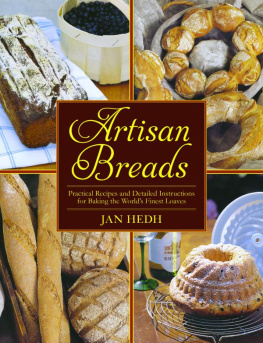

![Ken Forkish - Evolutions in Bread: Artisan Pan Breads and Dutch-Oven Loaves at Home [A baking book]](/uploads/posts/book/323066/thumbs/ken-forkish-evolutions-in-bread-artisan-pan.jpg)
